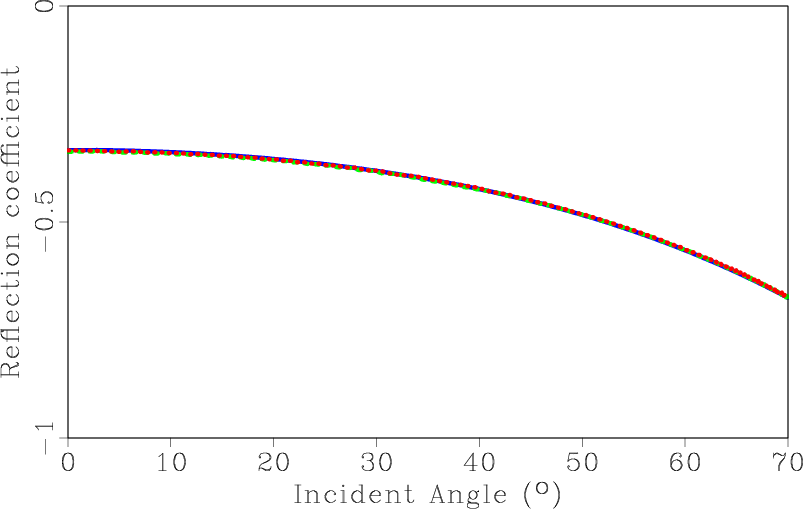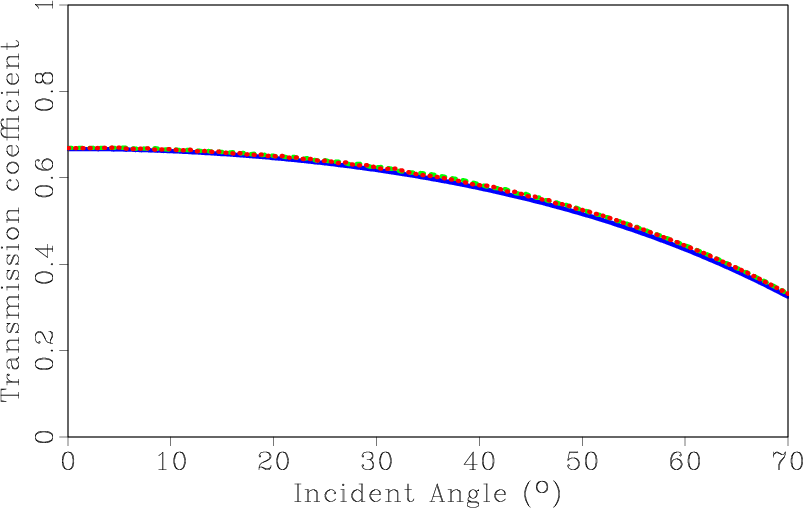|
|
|
|
Lowrank seismic wave extrapolation on a staggered grid |

|
|---|
|
geo
Figure 10. The geometry of the planar interface model. The star denotes the source location and the triangles denote the receiver locations. The values of incident angle along the planar interface are between 0 and |
|
|


|
|---|
|
rpp,tpp
Figure 11. Comparison of reflection (a) and transmission (b) coefficients calculated by the SGL method (red dashed line) and the SGLFD method (green dashed line) with the theoretical values (blue solid line). |
|
|
|
|
|
|
Lowrank seismic wave extrapolation on a staggered grid |